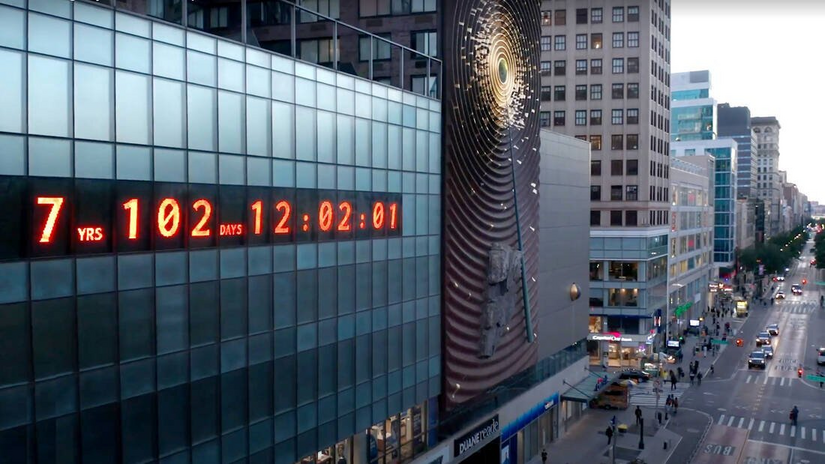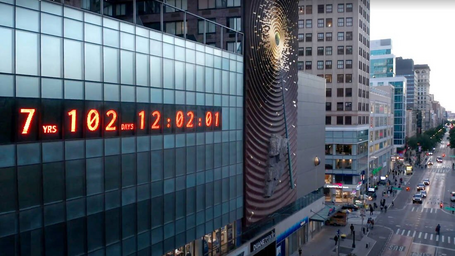On September 20, 2020, the digital clock sprawled across a building in Manhattan’s Union Square, which regularly displays the usual time, changed and became a Climate Clock. Designed by artists Gan Golan and Andrew Boyd, the Climate Clock broadcasts how much time remains for the world to act before global warming reaches unsustainable levels and leads to an irreversible climate deadline. Daunting, right? Although the Climate Clock is only a temporary installment for New York, the countdown has been a feature in various cities across the world, including Oslo and Berlin. According to the clock’s countdown, Earth currently has only a mere seven years to be saved.
The methodology behind the Climate Clock answers a simple question: given the current CO2 emissions and human-induced warming trends, how long will it be before the Earth reaches its carbon budget? Seven years is approaching sooner than we’d probably like to admit. For our generation, it’s arguably the most pressing threat we collectively face together.
So, what can you do about it?
Save energy
Possibly the most textbook example on how to reduce your carbon footprint, but still always relevant. Not only will you contribute to the fight against climate change, but you will also save money. Turn off all unnecessary lights and switch to LED lights. Reduce water consumption by using a water-saving showerhead and a low-flush toilet. Reduce your room’s heater temperature by just one degree and close the doors. Every little action counts!
Switch to green power
The use of energy is the largest source of greenhouse gas emissions linked to burning fossil fuels like coal and natural gas for electricity, heating, transport and industry. The easiest way to switch to green energy is to contact your local utility company to switch to a clean-energy provider. Green power electricity production comes from solar, wind, geothermal (Earth’s heat), edible biomass (waste material) and low-impact hydropower sources.
Avoid plastic
As consumers, we can do our share to avoid consumption of plastic products and do our best to use alternative options. Too often, we see plastic bottles, plastic packaging and other one-use plastic products everywhere we go. Aim to make small changes to your everyday habits including, using a reusable bag when you go grocery shopping, using a refillable water bottle and stop buying plastic bottles or decline a plastic straw for your next Starbucks visit.
In an interview with The Washington Post, one of the co-creators, Boyd, says, “This is not a doomsday clock; the number is not zero. It’s telling us there is still time, but we can’t waste it.” It’s a challenge to feel like your individual actions can create much of a change, but remember that it is individual actions that can collectively lead to change.
Seven years is a lot closer than you may think right now, but please think about our future. It’s a vast challenge, but individual actions do make a difference. Let’s take one step at a time.
References
How long until it’s too late to save Earth from climate disaster? This clock is counting down.



